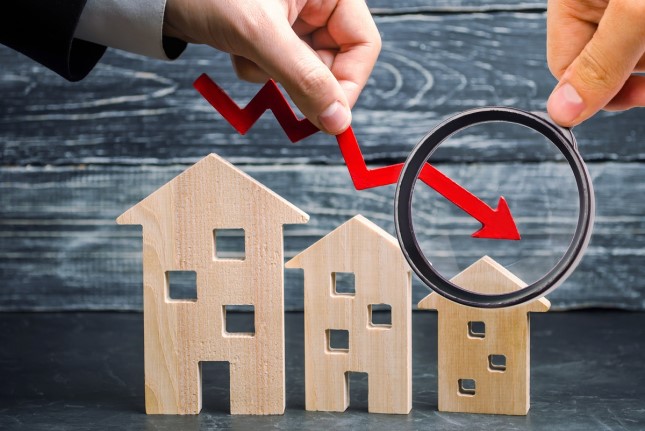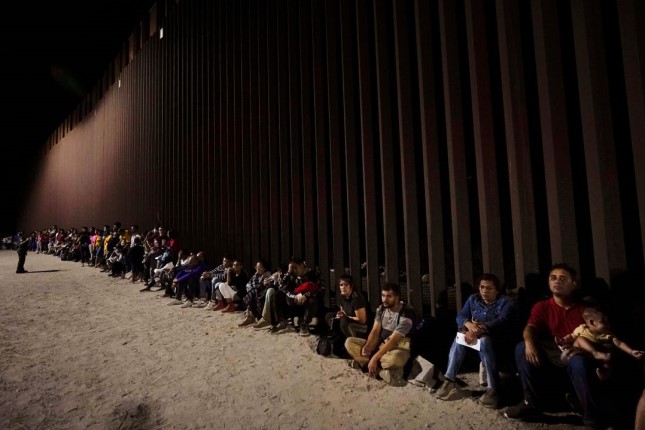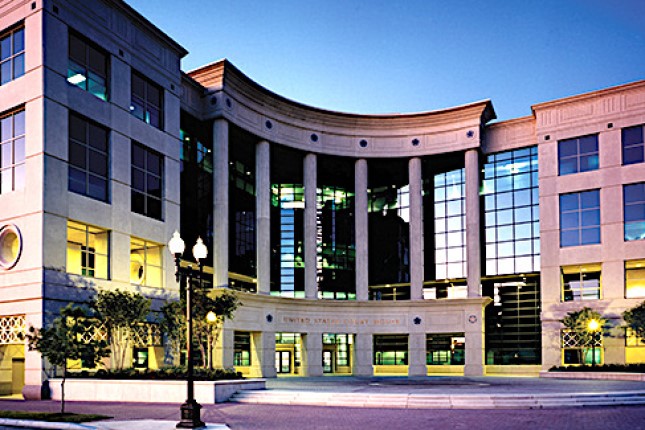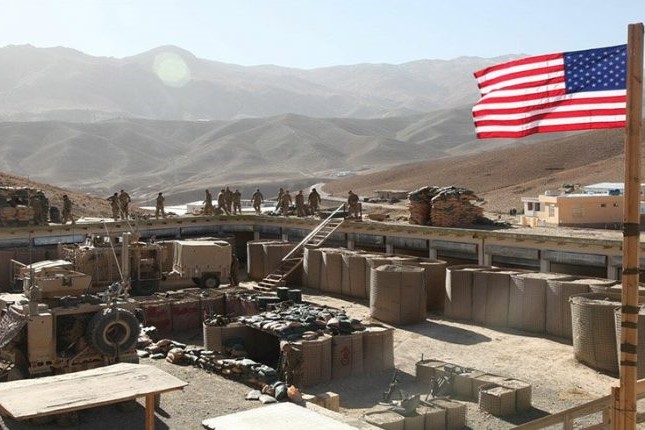US home sales are refusing in earnest to shrink, as is the number of jobs. Normally, these are positive economic factors, but alas, not this time. To understand why, we can consider the sad experience of Silicon Valley Bank and Signature Bank.
The canary has outsmarted the miner
The US real estate market has a rather large nominal value of USD 45 trillion. However, actual sales are two orders of magnitude smaller − it is hard to say that its downturn is responsible for the economic recession as a whole. It is more like a canary in a coal mine, dying from the methane that has gone unnoticed.
For a long time, it was the real estate market that was used to judge whether recession was coming for the US, and therefore the world. A sharp increase in the US discount rate has caused mortgage interest rates on new homes to rise from 3 to 7%. This initially put the brakes on home sales and many were sure the Federal Reserve would cut rates. After all, if the recession indicator is basically saying everything is bad, why keep rates too high?
However, in January 2023, American home sales suddenly jumped to 10-month highs. But how was this possible when the vast majority buy houses on credit − a practice which, following a shift in the discount rate, has risen sharply?
There was pent-up demand and other factors, but the key driver was something else: so-called "mortgage buydowns," where house sellers find "their" lenders who are willing to lend on mortgages in which a portion of the interest is already paid. The buyer gets a mortgage with a slightly higher initial payment but no longer has to pay as much interest. Thus, the increased discount rate has the real estate market back in motion.
It seems the canary has found a kind of gas mask, allowing it to outsmart the miner. It is still alive − home sales are high − in an atmosphere of high discount rates, which normally should have killed it.
Meanwhile, the miner is already choking
The problem is that medium and large banks have not been as savvy a sector of the economy as the "canary" of the real estate market. A great many US banks had significant funds invested in bonds, while the value of the bond as an asset in the face of rising discount rates is falling. There have already been runs on those banks whose polices have not been overly conservative. The biggest run killed Silicon Valley Bank, the 16th largest bank in the US.
The trouble is, from the Fed's point of view, there is still nothing happening that will force the system to lower the discount rate. Are banks going broke? That is a good thing from the Fed's point of view: The more risk-averse banks go bust, the less financial risk America will face in the future.
The Fed is used to taking the success of the real sector as a measure of whether it is time to ease off the "rate hike" pedal and start pushing the "rate cut" pedal. But the real sector is behaving quite out of the ordinary as of late.
This applies not only to the housing market, but also to employment, which stubbornly refuses to fall − mostly at the expense of the service market. As a result, in early 2023, unemployment fell to a historic 53-year low.
"It was a phenomenal report," said Michelle Meyer, chief US economist at the Mastercard Economics Institute. "This brings into question how we're able to see that level of job growth despite some of the other rumblings in the economy. The reality is it shows there's still a lot of pent-up demand for workers where companies have really struggled to staff appropriately."
Besides pent-up demand, there is another reason for continued employment growth: "deferred" increases in the money supply. In 2020-2021, M2 in the US grew so much and so fast that it was impossible to fully convert its growth into GDP growth. The surplus in the economy means that demand is more resilient than it was before the 2008 recession. Employers in many industries are still sitting on large cushions of cash that they are not afraid to spend, and which could only run out after a few months of the kind of pressure the Fed is putting on the markets now.
When will the Fed put the brakes on?
Of course, the Fed is not simply continuing to tighten the money supply and keep interest rates high. It does so because core inflation (the change in the costs of goods and services, not including those from the food and energy sectors) is still not only not declining, but for a number of sectors continues to rise. From the financial authorities' point of view, this means that their actions are not energetic and effective enough. The same, in their view, is indicated by the situation in the labor and real estate markets.
The problem is that the current upsurge in inflation will be difficult to stop, even by continuing the Fed's current hawkish monetary policy. The situation has arisen because of supply shortages in global commodity markets: oil, gas, coal, metals, and fertilizers.
But this deficit itself was also a consequence of divestment, a process in which many banks stopped lending to Western fuel and energy companies. Divestment has still not been abandoned: The main investments in these sectors take place in Arab countries, Russia, and others. If the market is wanting for supply of goods, a compressed money supply cannot be an effective means of price control. In a market with a deficit of commodity supply, it is impossible to bring order by creating a "monetary deficit." It only leads to chaos.
The most likely scenario for today is that the Fed will keep the high rate for at least another six months, and in the worst-case scenario, a year and a half. As a result, the amount of money in the economy will gradually shrink to the point where home sellers can no longer find in-house lenders to finance mortgage buydowns. Employers across the country would be stripped of their "cash cushions," and would stop hiring new workers and start laying off old ones.
Despite this, it will not be possible to return to pre-2021 inflation levels because the key cause of rising prices − divestment from fossil fuels and the associated rise in energy and transportation costs − will not be eliminated.
In other words, the US is likely to experience a combination of continued inflation and a simultaneous halt to GDP growth, or even recession, i.e., stagflation akin to that of the 1970s.
And just as there was then, there will be another problem. Once the recession begins, the Fed cannot begin to help the economy by easing its monetary policy and expanding the money supply, because they do not do this when inflation is not suppressed, so as not to further accelerate price increases. As a result, the US economy, and with it a noticeable part of the world economy, could enter a vicious cycle in which high inflation due to physical shortages of energy leads to growth suppression, and without growth of energy production, inflation cannot decrease.
This is a disappointing prediction because there is no way out of it. The policy of divestment is unlikely to be reversible, which means that sustained growth in Western economies is also in question for the foreseeable future.

































